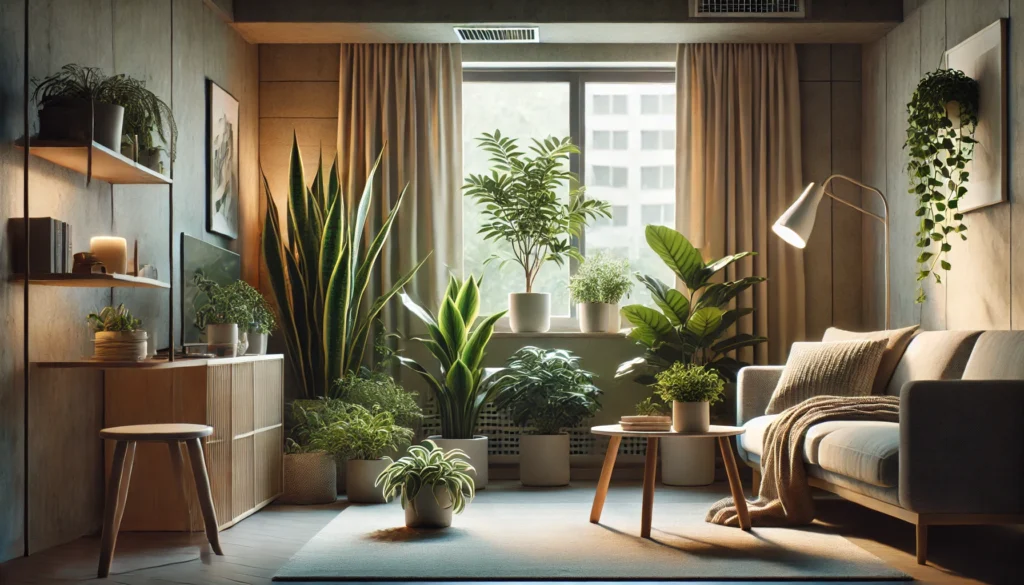
Best Low-Light Indoor Plants: 15 Easy-Care Options for Any Home
Not every home and office has the good fortune of bright, sunlit windows—but that does not mean you have to forego the splendor of indoor plants. If you’re seeking out easy indoor plants for beginners, there’s no shortage of plants that thrive in low-light conditions and require minimal care. Whether you live in a low-light apartment, a north-facing room, or simply want greenery without the fuss, these plants will thrive with no extra maintenance. They’ll grow happily in your space, bringing natural beauty with ease. In this guide, you’ll discover 15 of the best low-light indoor plants that thrive in shade or partial shade. With these plants, all you need to create a lush, vibrant space is the right greenery.
Table of Contents
ToggleWhat Makes a Plant Low-Light Friendly?
Not all plants need bright sunshine to grow. Some are adapted to grow in lower-light conditions, making them ideal for shaded indoor spaces. But how do you know if a plant is low-light friendly?
Adaptation to Shade
Most low-light plants are native to forest floors or tropical understories, where they get only filtered or indirect sunlight. Their wide leaves help them efficiently capture any available light.
Slow Growth Rate
Most low-light plants grow slower than sun-loving plants. This means they have a lower energy need and can thrive in the absence of much light.
Dark Green Foliage
Deep green-leafed plants have higher levels of chlorophyll and can thus photosynthesize effectively in low light. That is why a lot of plants that like shade have glossy, dark-colored foliage.
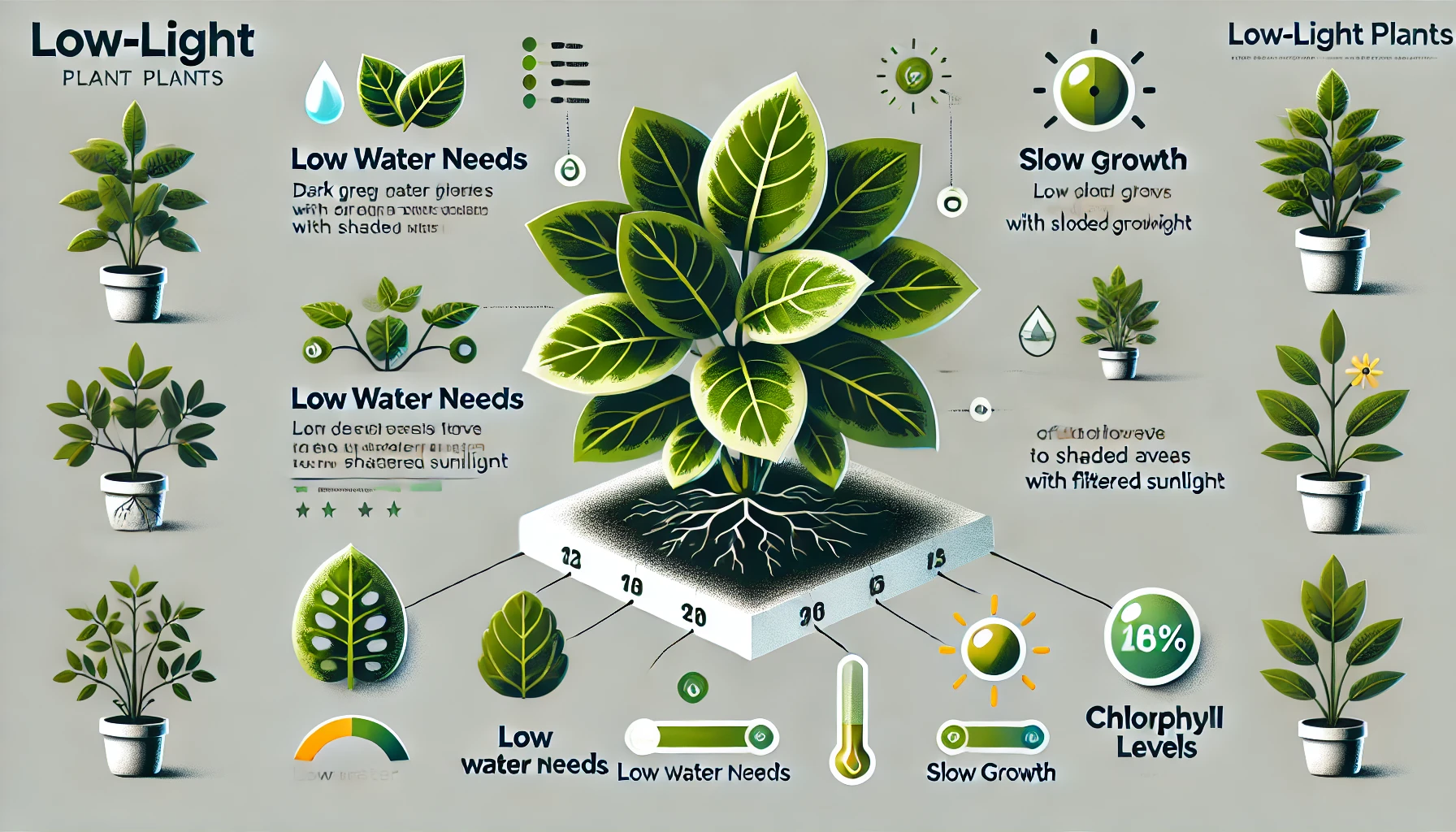
Low Water Needs
Because they aren’t exposed to searing sunlight, these plants lose less moisture through evaporation. Therefore, they need watering less frequently, making them great for novices.
Tolerance of Artificial Light
Low-light plants can adjust to indoor conditions with fluorescent and LED lights, so they’re excellent for offices and apartments.
Knowing these characteristics can help you select the best plants for your home. In the next section, we’ll explore some of the best low-light indoor plants. These plants are not only gorgeous but also low maintenance.
15 Great Low-Light Indoor Plants

Not every plant requires bright sunlight in order to thrive. These low-light indoor plants for beginners thrive in low-light environments and are great for homes, apartments, and offices. Here is a complete list of the best low-light indoor plants along with care tips and reasons why they’re an excellent choice.
Snake Plant (Sansevieria)
✅ Description: Hardy houseplant with upright, sword-like leaves
🌱 Care Tips: Water less often than more — only when the soil is absolutely dry. Tolerates neglect.
🌿 Why It’s Great: Grows well in the dark, cleans toxins from the air, and is basically indestructible.
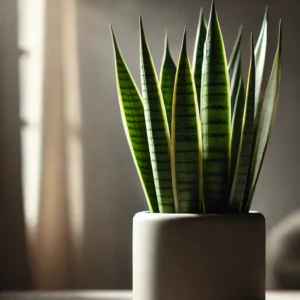
ZZ Plant (Zamioculcas zamiifolia)
✅ Description: An adapted plant with thick, waxy leaves that hold water.
🌱 Care Tips: Water only when the soil’s dry. Drought and neglect tolerant.
🌿 Why It’s Great: Thrives in low light and requires nearly no maintenance.
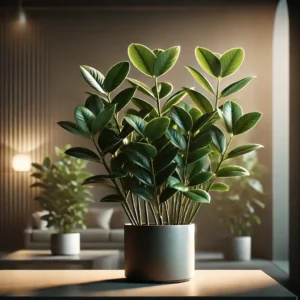
Pothos (Epipremnum aureum)
✅ Description: A climbing vine with heart-shaped leaves, adaptable to hanging baskets
🌱 Care Tips: Water when the top inch of soil is dry. Can be grown in soil or water.
🌿 Why It’s Great: Adaptable, fast-growing, one of the easiest houseplants for beginners.
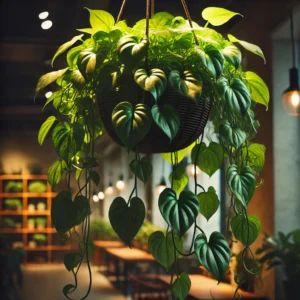
Peace Lily (Spathiphyllum)
✅ Description: A lovely shrub-like plant with dark green foliage and springtime white flowers.
🌱 Care Tips: Water when the leaves begin to droop. Likes slightly humid conditions.
🌿 Why It’s Great: Low-light tolerant, air purifying, flowers in low light.
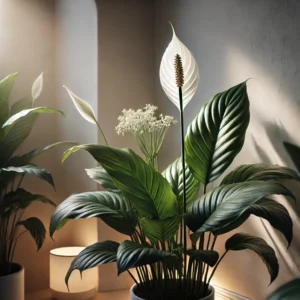
Aspidistra elatior (Cast Iron Plant)
✅ Description: The slow-growing, nearly indestructible plant with dark green leaves.
🌱 Care Tips: They don’t need much water; too much can lead to rot. Thrives in low humidity.
🌿 Why It’s Great: Can thrive in deep shade, making it ideal for dark corners.
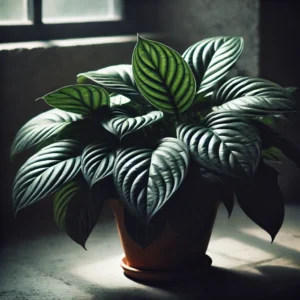
Chinese Evergreen (Aglaonema)
✅ Description: A tropical plant with bright, variegated leaves in varying shades of green, silver, and red.
🌱 Care Tips: Water thoroughly but don’t overwater; the soil should be slightly moist. Prefers warm temperatures.
🌿 Why It’s Great: Very forgiving and thrives in low-light conditions with little care.
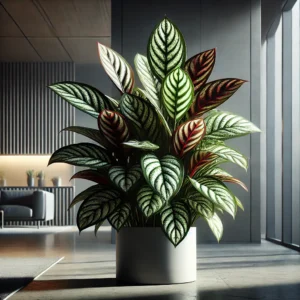
Spider Plant (Chlorophytum comosum)
✅ Description: A hardy plant with long, arching leaves and tiny offshoots known as “babies.”
🌱 Care Tips: Water moderately; allow the top layer of soil to dry between waterings.
🌿 Why It’s Great: Low-light tolerant, air purifying, and easy to propagate.
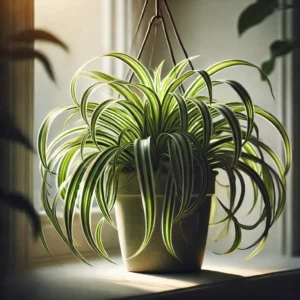
Parlor Palm (Chamaedorea elegans)
✅ Description: A traditional indoor palm with fine, feathery leaves.
🌱 Care Tips: Maintain slightly moist, not soggy, soil. Tolerates dry air.
🌿 Why It’s Great: A tropical note indoors; grows well in indirect or low light.
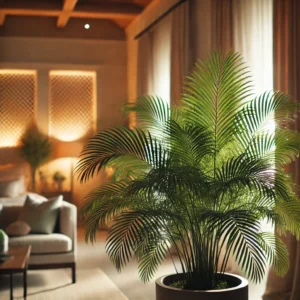
Philodendron (Philodendron spp.)
✅ Description: A vining plant with lush, heart-shaped leaves.
🌱 Care Tips: Water when the top inch of soil is dry. Prefers occasional misting.
🌿 Why It’s Great: Tolerates low light and does well on bookshelves or in hanging baskets.
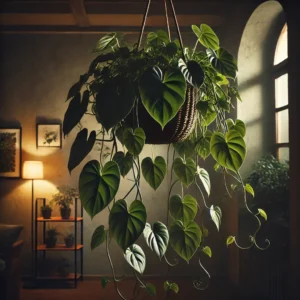
Dumb Cane (Dieffenbachia)
✅ Description: A stunning plant with huge, variegated leaves in deep green and white hues.
🌱 Care Tips: Water so the soil remains slightly moist. Do not position it in cold or drafty spots.
🌿 Why It’s Great: Low-light tolerant, while contributing a striking, tropical appearance to interiors.
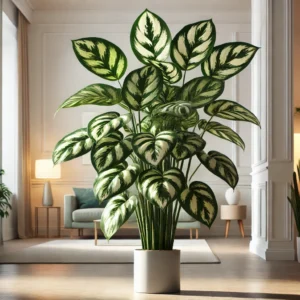
Philodendron (Philodendron hederaceum)
✅ Description: Trailing vine with soft, heart-shaped leaves.
🌱 Care Tips: Water only when the soil feels dry. Can be grown in hanging baskets and pots.
🌿 Why It’s Great: Low-light loving and nearly maintenance-free.
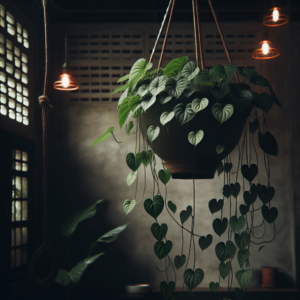
Dracaena (Dracaena spp.)
✅ Description: Large, upright, arching-leafed plant with colorful variants.
🌱 Care Tips: Don’t water too much and let the soil dry out between waterings. Prefers occasional misting.
🌿 Why It’s Great: Provides height to indoor spaces and tolerates low to moderate light.
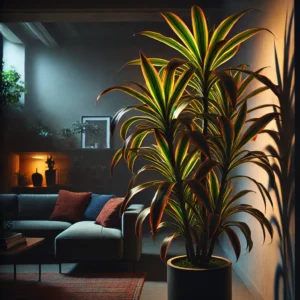
Syngonium podophyllum — Arrowhead Plant
✅ Description: A small bushy plant with arrow-shaped leaves.
🌱 Care Tips: Water once the top few inches of soil are nearly dry. Ideal for climbing or trailing.
🌿 Why It’s Great: Can adapt to low-light environments and grows well indoors.
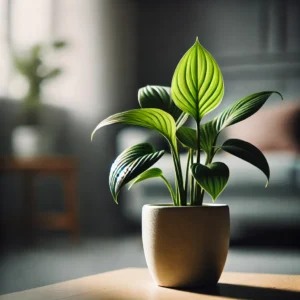
Lucky Bamboo (Dracaena sanderiana)
✅ Description: Most popular feng shui plant that does well in either soil or water.
🌱 Care Tips: If growing in water, replace the water every two weeks. If in soil, keep it slightly moist.
🌿 Why It’s Great: Grows well in low-light areas, needs minimal care, and represents good luck.
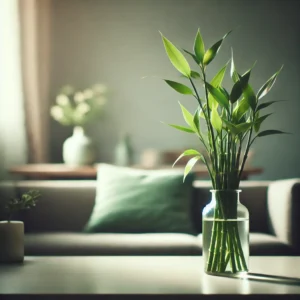
Boston Fern, Maidenhair Fern, etc.
✅ Description: A small cluster of fine, feathery plants that love damp environments.
🌱 Care Tips: Mist to ensure consistent humidity and keep the soil moist.
🌿 Why It’s Great: Earthy and pretty, ferns will grow in low-light surroundings, including bathrooms or shaded rooms.
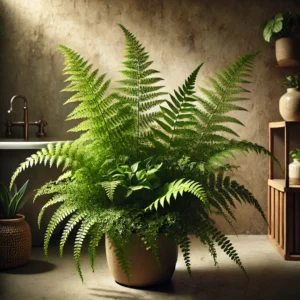
These low-light indoor plants require little maintenance and are perfect for those with less time on their hands. In the next section, we’ll discuss all the care advice you need to keep them going strong.
How to Care for Low-Light Houseplants
Low-light indoor plants don’t negate the need for care; though easier to maintain than many others, they still need attention. Here are your basic plant care tips:
Watering Wisely
🌱 Water the soil, not the plant — Many low-light plants like the soil to be a bit dry before watering. Test with your finger an inch deep; if dry, water lightly.
🚫 Do not overwater — Root rot is caused by too much water. Use pots with drainage holes.
Light Management
💡 Opt for indirect light whenever you can — Even low-light plants can benefit from occasional soft or indirect sunlight.
💡 Supplement with artificial light — In very dark areas, use LED grow lights to keep plants healthy.
Proper Humidity
💦 Raise humidity for tropicals — Mist the leaves, use a humidity tray, or place your plants in close proximity to one another.
💦 Don’t nix the air — Avoid placing plants too close to heating vents and air conditioners.
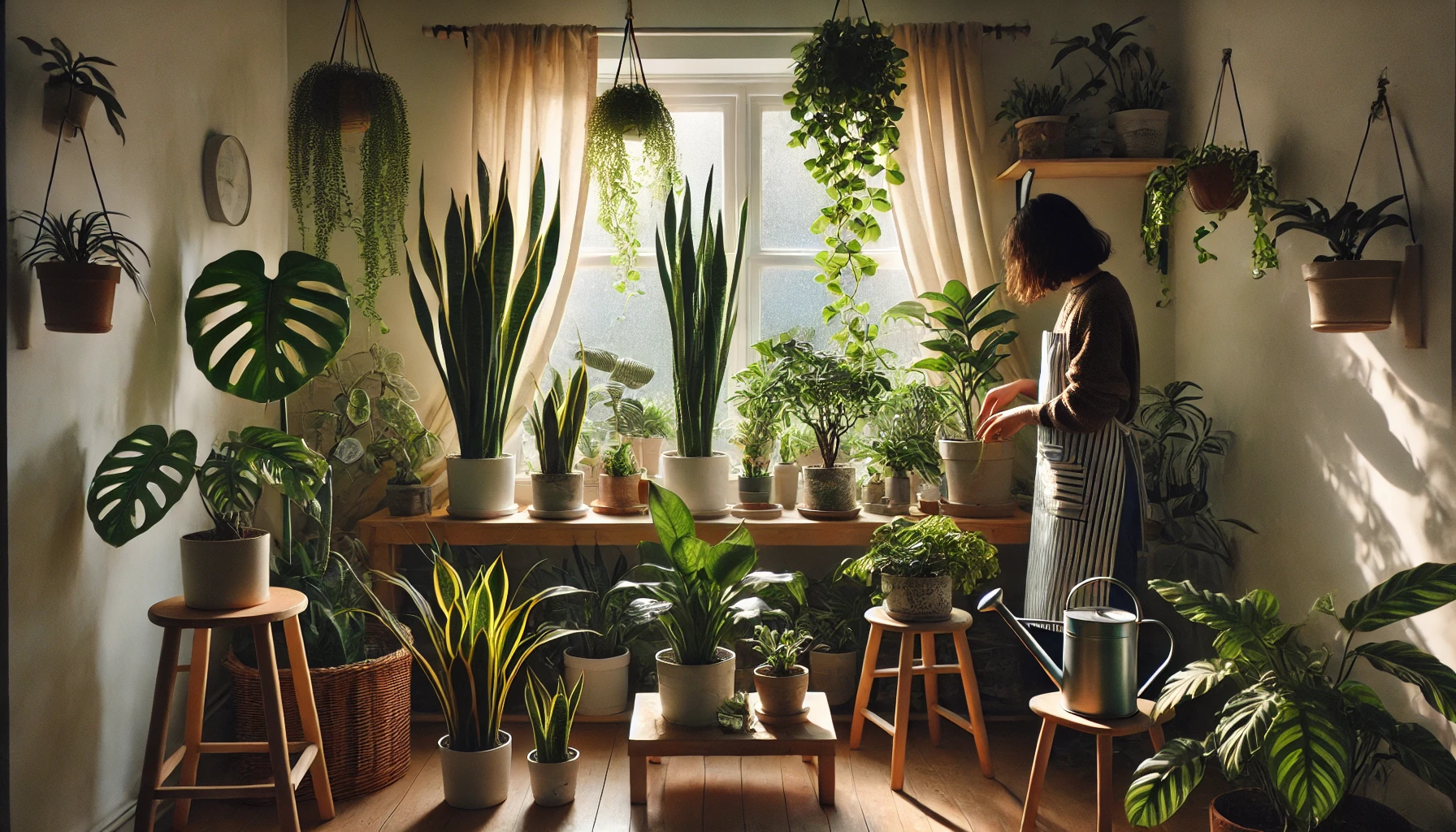
Choosing the Right Soil
🌿 Use well-draining soil — A blend of potting soil, perlite, and peat moss will keep water from resting at the roots.
Repot if needed — Refresh soil every 1-2 years for nutrient-rich soil.
Fertilizing Sparingly
🌱 Fertilize sparingly — Low-light plants grow at a steady pace, so they don’t require much fertilizer. Feed once a month during spring and summer with a diluted liquid fertilizer.
🚫 Over-fertilizing — Too much will cause leaf burn and weak growth.
Cleaning and Pruning
🧼 Wipe down leaves frequently — Dust can impede light and slow growth. Wipe leaves with a damp cloth.
✂️ Dead leaf trimmings — Cut off yellow or brown leaves to keep plants looking healthy and attractive.
Pest Prevention
🐜 Watch for pests — Look for spider mites, mealybugs, and fungus gnats on leaves.
🐜 Use gentle treatments — Neem oil or insecticidal soap to control infestations.
With these easy-care tips, even dimly lit places can be home to lush, beautiful low-light indoor plants!
Problems with Plants in Low-Light Conditions & Their Solutions
Even the simplest near-lightless houseplants can encounter issues. Here are the biggest problems, and how to resolve them.
Yellowing Leaves
🔧 Cause: Overwatering or poor drainage.
✅ Solution: Allow the soil to dry before you water again. Plant in well-draining soil and pots with drainage holes.
Leggy or Sparse Growth
🚨 Cause: Not enough light.
✅ Solution: Move the plant closer to a light source or use a grow light.
Pest Infestation
🚨 Cause: Poor air circulation or over-watering.
✅ Solution: Keep plants clean, and keep them in dry places with good air circulation.
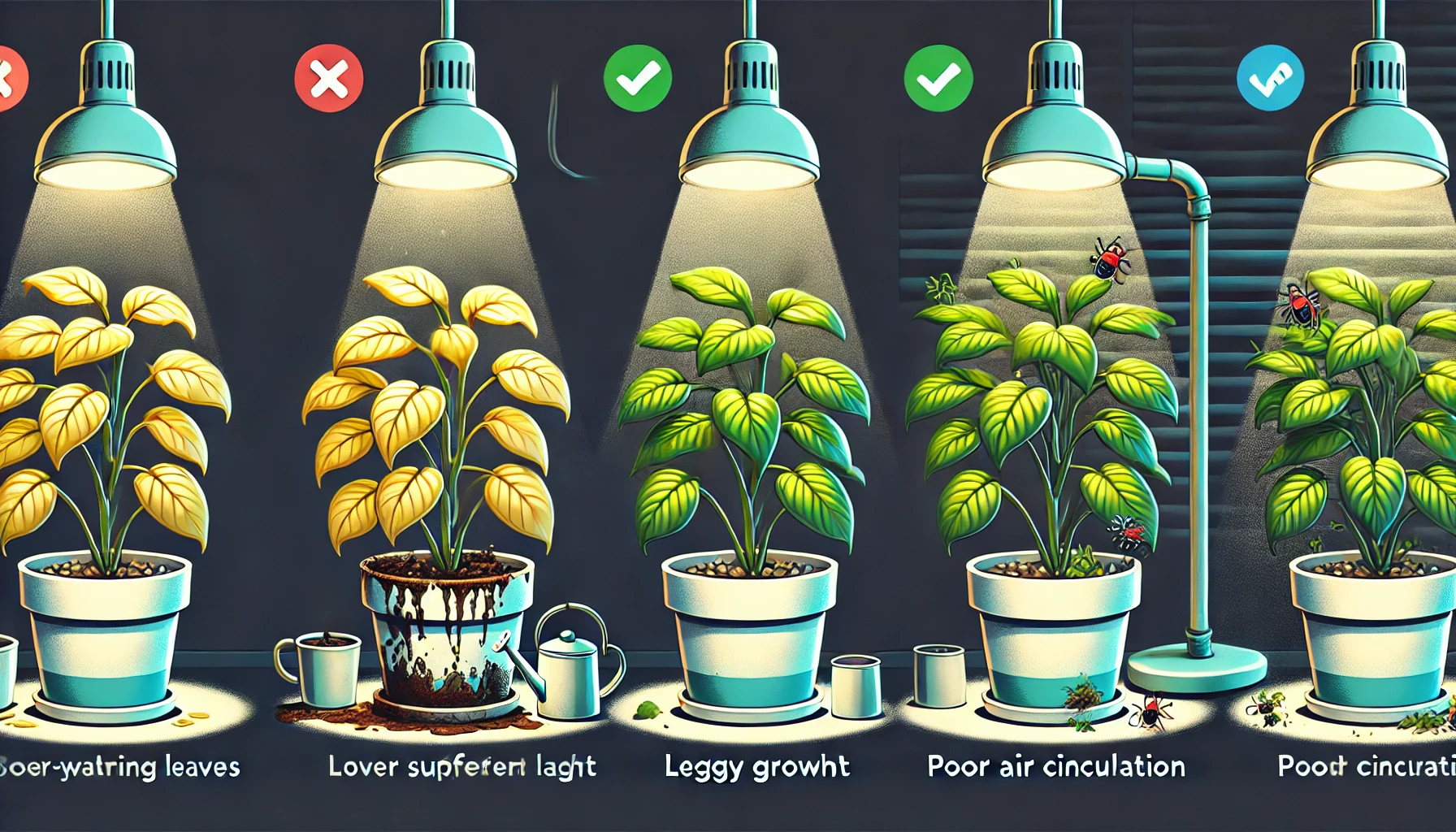
Low-light plants are the perfect way to beautify your home without the burden of constant care. With their minimal light and water needs, they thrive effortlessly in shaded areas. Whether you have a windowless office or a dark corner in your home, these plants will add life and color to your environment. They will also bring positive vibes to brighten your space.
Frequently Asked Questions(FAQ)
What are the best low-light indoor plants?
Some of the best low-light plants include the Snake Plant, ZZ Plant, Pothos, Spider Plant, and Peace Lily. These thrive in low or indirect light and require minimal maintenance.
How do I care for low-light indoor plants?
Low-light plants typically need watering when the soil is dry to the touch. Avoid overwatering, and make sure they’re in a spot with indirect or filtered light to prevent stress on the plant.
Can low-light plants survive in a windowless room?
Yes! Many low-light plants can adapt to a windowless room as long as they get indirect light from other sources, such as artificial light. Make sure the room isn’t too dark for extended periods.
How often should I water low-light plants?
Most low-light plants don’t need frequent watering. Check the soil by sticking your finger in a few inches deep – if it feels dry, it’s time to water. Always ensure the pot has proper drainage.
Do low-light plants need fertilizer?
Low-light plants don’t require much fertilizer. Feed them with a balanced, diluted fertilizer during the growing season (spring and summer) every 4-6 weeks, but avoid fertilizing during the winter months when the plant’s growth slows.
What’s the best pot for low-light plants?
Use pots with drainage holes to prevent overwatering. A well-draining potting mix is also essential to keep the roots healthy in low-light conditions.
Can low-light plants survive without natural sunlight?
While natural light is ideal, many low-light plants can thrive with artificial light sources, such as fluorescent or LED lights. Make sure the light isn’t too intense but still provides the plant with enough energy to grow.
How do I know if my low-light plant is getting too much light?
If your low-light plant starts showing signs of yellowing or browning leaves, especially near the edges, it may be receiving too much direct light. Move it to a spot with more filtered or indirect light. If the leaves become scorched or bleached, that’s a clear sign it’s getting too much direct sun.
